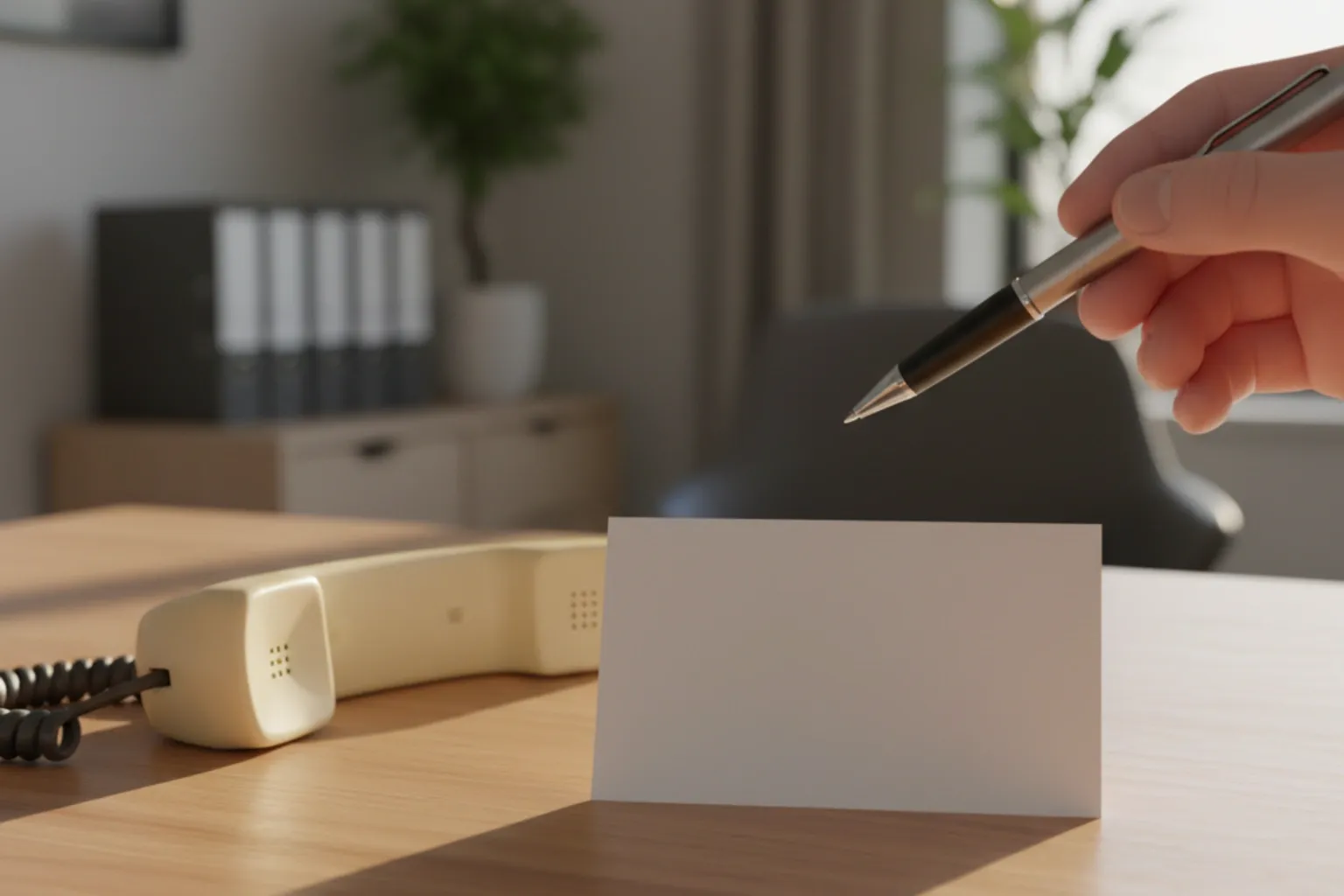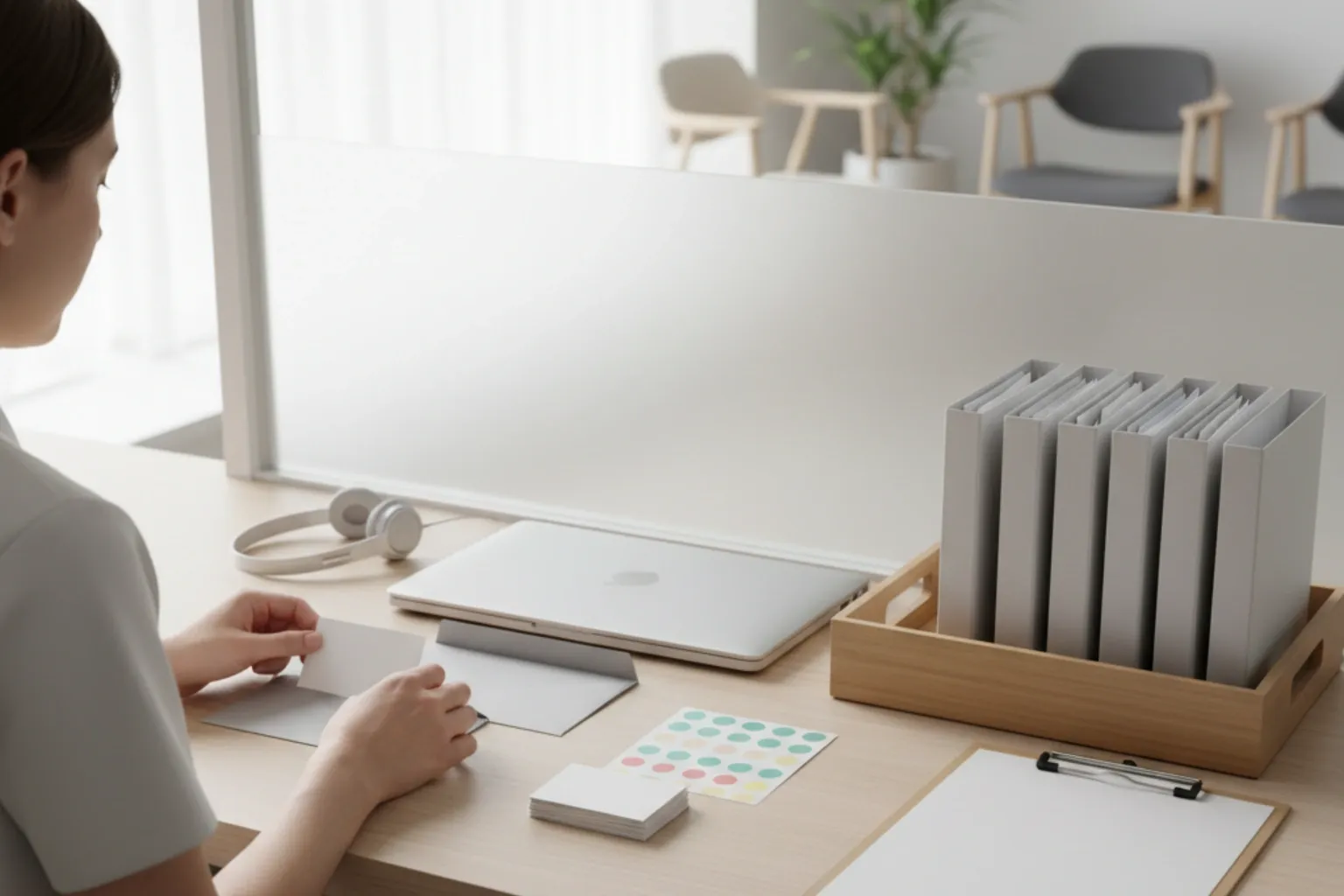
When a patient misses an appointment, the impact goes far beyond a simple gap in the schedule. It disrupts continuity of care, routine predictability, and, often, the clinic’s revenue. Although unexpected events are inevitable, the way the team reacts to these absences determines whether the relationship with the patient will be strengthened or lost. Well-planned communication turns a no-show into an opportunity for engagement and loyalty.
More than reminding the patient to reschedule, it’s essential to demonstrate empathy, professionalism, and availability. Below, we present best practices, ready-to-use templates, and automation tips to handle absences in a strategic and human way. In this article, we will address model of message for patient missed appointment.
Before we continue, we need to ask: Are you already familiar with Ninsaúde Clinic? Ninsaúde Clinic is an intelligent software designed to simplify clinical management — combining an agile schedule, legally valid electronic health records, telemedicine, and complete financial control in one platform. Discover how Ninsaúde Clinic transforms daily operations and enhances patient care.

Why respond quickly to a patient’s no-show
Direct impact on routine and results
Unjustified absences compromise team productivity, reduce billing, and make schedule planning difficult. In addition, many patients who miss without notice tend to postpone treatment or abandon it altogether. A simple contact at the right time can reverse the situation and show the patient that the clinic truly cares.
The importance of message tone
How the message is written makes all the difference. A cold or punitive text pushes people away; a welcoming approach brings them closer. Always begin by acknowledging the unforeseen event and emphasizing your commitment to the patient’s well-being. The focus should be on helping the patient resume care, not on charging for the absence.

Ideal structure for a post-no-show message
A good model of message for a patient who missed the appointment should balance empathy and objectivity. Regardless of the channel (WhatsApp, SMS, or email), use the following structure:
- Clinic introduction — Identify yourself clearly so the patient knows where the message comes from.
- Acknowledgment of what happened — Mention the missed appointment and express understanding.
- Invitation to reschedule — Offer practical time options or a direct link.
- Encouragement to return — Highlight the value of continuity of care.
- Cordial closing — Reinforce your availability to help.
This sequence shows attentiveness, avoids confusion, and strengthens the clinic’s professional image.
Practical message examples by channel
1. WhatsApp (fast, personalized messages)
Example 1 – Warm and direct:
“Hi, [NAME]! This is [CLINIC/LOCATION]. We noticed you couldn’t attend your appointment on [DATE] at [TIME] with [PROVIDER]. We hope everything is okay. 💙 To keep your follow-up on track, you can easily reschedule here: [LINK]. If you have any questions, we’re here to help!”
Example 2 – With a no-show policy:
“Hi, [NAME]! We missed you today at [TIME]. If you’d like to rebook, click here: [LINK]. Please note that, according to our policy, absences without [X] hours’ notice may incur a fee of [AMOUNT]. Count on us to find the best time!”
Example 3 – Ongoing treatment:
“Hello, [NAME]. We noticed you couldn’t make your session on [DATE]. To maintain the best results, we recommend rescheduling this week. See available times: [LINK]. We’re ready to help!”
2. SMS (short and effective)
- “[CLINIC]: [NAME], we missed you today at [TIME]. Reschedule at [LINK] or call [PHONE]. We’re here to help!”
- “[CLINIC]: your appointment on [DATE] didn’t take place. Reschedule easily: [LINK]. Questions? Contact [PHONE].”
3. Email (more complete and personalized)
Subject: Reschedule your appointment with [PROVIDER]
Hello, [NAME],
We noticed you couldn’t attend your appointment on [DATE] at [TIME]. We understand that unexpected things happen, and we want to help you keep your care on track.
- Reschedule easily by clicking here: [BUTTON OR LINK].
- If you prefer another time or provider, check the available options.
- If you have questions about your treatment, our team can guide you.
Thank you for your trust, and we look forward to seeing you soon!
[SIGNATURE – CLINIC/LOCATION]
4. Phone call script
- Greet and confirm the patient’s name.
- Mention the missed appointment in a neutral way: “We noticed you couldn’t attend your appointment on [DATE].”
- Show empathy and offer help: “May I check new times to reschedule?”
- Offer two time options.
- Confirm the new appointment and send confirmation via WhatsApp or SMS.

When to reach out—and how often
- Right after the absence (15–30 minutes): brief WhatsApp or SMS with a rescheduling link.
- After 24 hours: a more complete email reinforcing care and schedule options.
- After 7 days: a final reminder with a sense of priority (“We’ve reserved times for you this week”).
Avoid more than three attempts. Excessive persistence can feel intrusive.
Tracking results
Monitoring metrics helps refine communication and reduce future no-shows:
- Post-absence return rate: how many patients rescheduled after contact.
- Average time to reschedule: how long it takes patients to rebook.
- Click-through rate on links sent.
- Channels with the highest response rates.
These data points reveal what works best and allow you to adjust timing, copy, and formats.
How automation makes it easier
In high-volume clinics, sending each message manually is not feasible. Medical practice systems such as Ninsaúde Clinic automate the process simply and safely:
- Automatic attendance confirmations via WhatsApp, SMS, or email.
- Automated post-no-show message flows triggered as soon as the patient doesn’t arrive.
- Online rescheduling links, allowing the patient to choose the best time.
- No-show rate reports and rescheduling tracking.
- CRM integration to segment recurrent no-shows or patients in ongoing treatment.
These automations save front-desk time and ensure each patient receives attention at the right moment.
Avoid common mistakes in post-no-show communication
Even with the best intentions, some approaches can backfire. Watch out for:
- Punitive tone: replace “charges” with invitations.
- Inconvenient timing: avoid messages outside business hours or too early in the morning.
- Broken or overly long links: test before sending and use reliable shorteners.
- Too many contacts: limit to three attempts per absence.
- No options provided: always offer at least two time slots.
Communication should convey care, not collection.
Personalization by specialty
- Pediatrics: message the guardian and mention the child’s name.
- Psychology and psychiatry: keep a warm, confidential tone.
- Physical therapy: emphasize the importance of session continuity.
- Dentistry: remind the patient about treatment progress or lab timelines.
Personalization strengthens the bond and shows individual attention.
Quick checklist before you start sending
- Clear, proofread copy.
- Updated rescheduling links.
- Defined and communicated no-show policy.
- Contact channels with confirmed opt-in.
- Test sends and timing verification.
- Front-desk training to handle replies.
With these precautions, your messages will be received with empathy and efficiency.

Strengthening the relationship—even after a no-show
Treating a missed appointment as an opportunity—not a problem—is what sets modern clinics apart. A model of message for a patient who missed the appointment, when well designed and automated, demonstrates professionalism, care, and commitment to the patient’s health. By applying empathetic and consistent communication, your clinic not only reduces the number of no-shows but also builds long-term trust and loyalty.
Did you like this information? Then get ready for a continuous learning journey by following our blog. Are you a healthcare professional and don’t yet know the benefits of Ninsaúde Clinic? Stay ahead, optimize your processes, and raise the standard of patient care!

